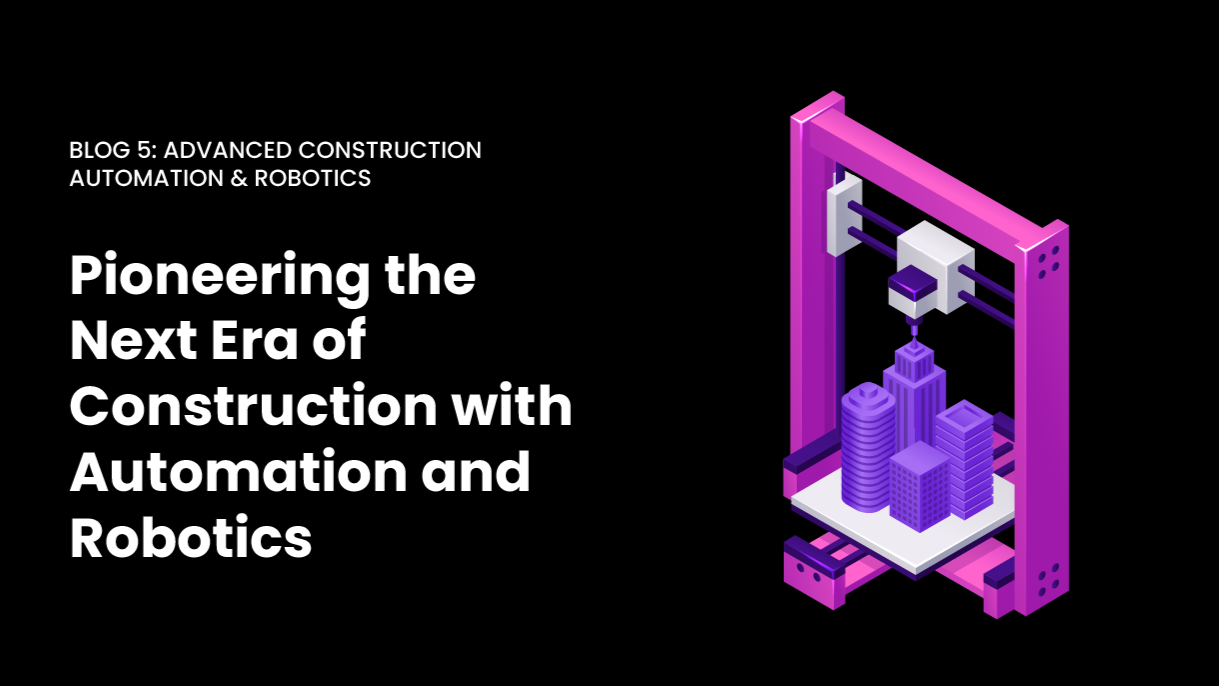When you think of cutting-edge technology, there’s little to no competitor to laser scanners. Slowly but steadily, they paved their way into the construction industry even when other technologies didn’t find their place within it.
But they didn’t gain their place due to their novelty. In fact, they are pretty standard equipment within other industries. Due to their features and functionality, they were able to find their spot in the AEC business by being implemented in reality capture tasks. Let’s back this up with some statistics: the POB magazine proved that the demand for laser scanning in construction back in 2016 was just 20%. But, from there, it only grew. First, it increased by 2% in 2017 (therefore scaling to 22%), then by an astonishing 35% in 2018 (for an overall 57%). From there, and to this day, those numbers only kept growing. As a matter of fact, the laser scanning market is expected to be worth $10 billion by 2024.
What if you haven’t implemented laser scanning yet?
Let me give you some advice: 3D building scanning is the gateway to several benefits, and choosing to pass from it and maintain traditional methodologies is wasting a great opportunity. That being said, let’s learn a little more about laser scanning.
Laser scanning is a reality capture process. By using this technology, you are able to capture your site’s data in a very precise and detailed way. The result of that scanning process is technically known as a “point cloud”. What is it? A series of connected points in a 3D coordinate system and the deliverable of reality capture services using this technology.
How would it be like to implement it?
In earlier times, laser scanning was mostly implemented for building maintenance. But today, the scope is bigger, and the building infrastructure seems to be the north. However, there’s much more than that.
Laser scanning is also performed in the design stages. Many professional firms, including ourselves, offer scan to BIM services. The first step is scanning the site or building. Later, with that information (the point cloud obtained in that process), designed processes can be carried out more efficiently and accurately.
But it doesn’t end there. Construction operations and renovations are highly benefited from implementing laser scanning. How so? Laser scanners create highly detailed representations of the existing conditions of a site or building. This allows space owners and operators, as well as facility managers, to have an as-built representation of their space. Of course, having this information eases different processes such as renovations, demolitions, etc.
Also, laser scanning helps during the construction stage, especially in construction coordination. Think about it for a minute, having this scanning information allows you to send it to different parties involved in remote coordination. Plus, you can document the milestones of your project by scanning in different construction stages, as well as identifying errors and finding solutions before building upon them.
It’s all about benefits!
Laser Scanning improves the quality and accuracy of your surveys over traditional methodologies. Plus, it provides you with information immediately after finishing the scanning, which translates into saving efforts by using reality capture technology.
Saving effort also means less manual labor, which implies the reduction of human errors, and, consequently, less rework. Also, this aspect has a huge impact on costs: Since laser scanning requires less time than other methods of surveying, there are fewer work hours, which means an overall reduction in the amount of money and time required in project mapping processes. This doesn’t mean coordination and team collaboration aren’t there anymore. In fact, both things play a major role in any project despite the methodology you apply. But when it comes to laser scanning and the possibilities it offers, they are benefited, which leads to a faster decision-making process.
What challenges can you face?
There’s a high upfront cost to face before implementing laser scanning technology. This might scare many companies, but they must keep in mind that after this first expense, overall costs will be reduced.
Also, workers must be well aware of the project’s scope, and be familiar with the area or building scanned in order to get efficient results. But most importantly, it’s fundamental that the workers are familiar with this technology. This isn’t always the norm in companies, but bridging the gap between laser scanners and workers, while being a challenge to overcome, will be the way to achieve the benefits listed above.
Our experience
Based on our experience with this technology, we recommend starting as soon as you can. However, this doesn’t mean you should run and buy laser scanners just because. Renting equipment is the correct path to follow during your first steps, and that’s what we did when we launched our reality capture services. However, don’t focus exclusively on laser scanning, the technological revolution is here, and in order to stay ahead of the competition, you must keep an open perspective and be aware of every technological breakthrough in the market. And if you are feeling lost or want to bridge the gap between traditional methodologies and the future, contact us now!






